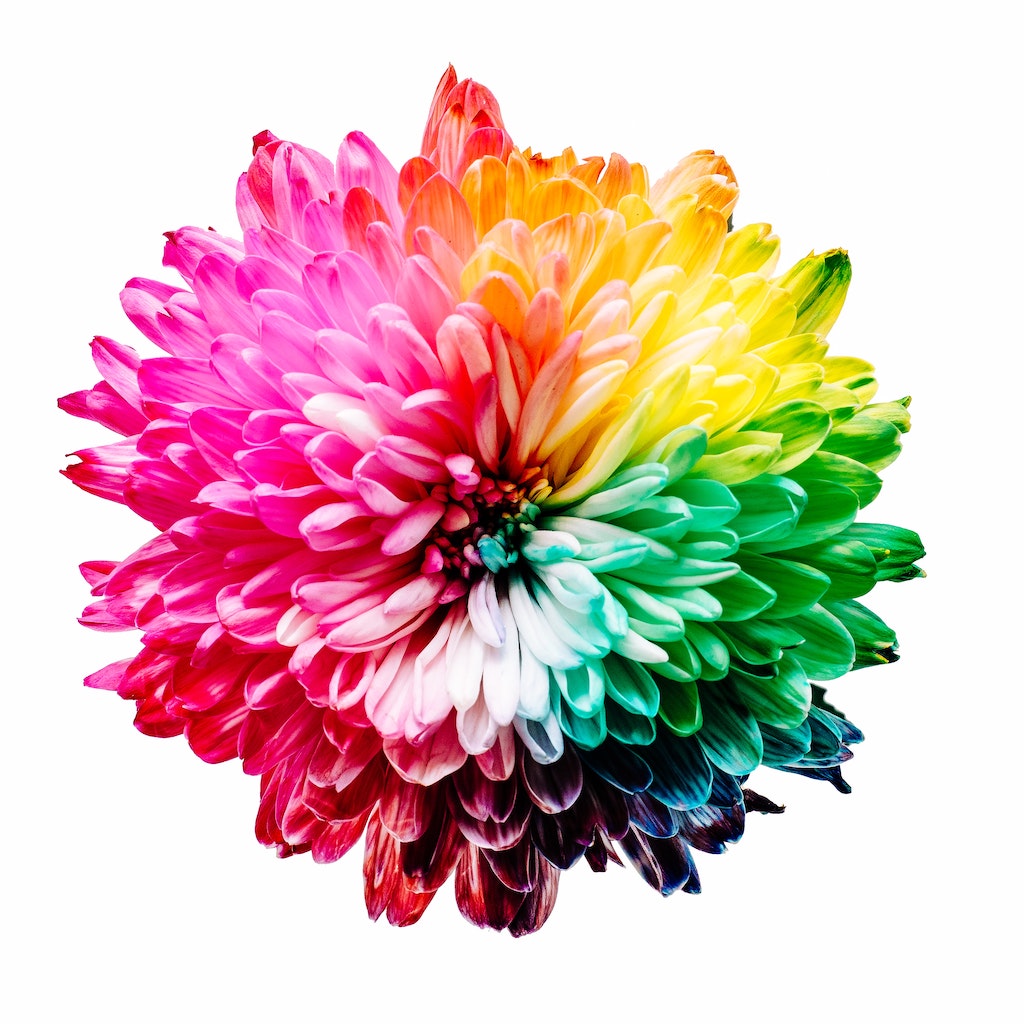
Throughout time, magic spells have been crafted to draw love and an ideal partner. Plants and herbs are effective allies in crafting such spells and searching on-line you will find a long list of flowers, plants and herbs magicians use for love spells. The plant spirit can also be approached through a shamanic journey in order to assist the practitioner in the love spell working.
Gay and Queer men are no strangers to using magic to attract a same sex partner. However, there are particular plants, flowers and herbs that are more aligned with Gay Love spells. The power within these plants resides in their historical significance as indicators of same sex love. Here are but a few plants that one can ally with for same-sex love spell workings:
Calamus (Water/Moon) The name originates from the Greek myth of Kalamos (“reed”) and Karpos (“fruit”), two young gay men in love. Karpos died while the two were having a swimming contest, and Kalamos, so struck with grief, allowed himself to drown and became the Calamus Reed whose sound in the wind was attributed to sighs of grief. Calamus, also known as Sweet Flag, channels gay masculine energies and the root is considered highly commanding.
Carnations, Green (Fire/Jupiter) Channel gay male energy. Carnations in general are considered highly protective, especially in areas concerning love.
The green carnation became a queer symbol in 1892 when Oscar Wilde instructed a handful of his friends to wear them on their lapels to the opening night of his comedy “Lady Windermere’s Fan”. From then on, wearing a green carnation on your lapel was a secret, subtle hint that you were a man who loved other men.
In 1892, Wilde’s lover Lord Alfred Douglas wrote a poem called “Two Loves,” reminiscent of Sappho’s poetry, painting an image of a flower-filled utopia (emphasis on flowers added):
I dreamed I stood upon a little hill,
And at my feet there lay a ground, that seemed
Like a garden, flowering at its will
With buds and blossoms.
There were pools that dreamed
Black and unruffled; there were white lilies
A few, and crocuses, and violets
Purple or pale, snake-like fritillaries
Scarce seen for the grass, and through green nets
Blue eyes of shy pervenche winked in the sun.
And there were curious flowers, before unknown,
Flowers that were stained with moonlight, or with shades
Of Nature’s wilful moods; and here a one
That had drunk in the transitory tone
Of one brief moment in a sunset; blades
Of grass that in an hundred springs had been
Slowly but exquisitely nurtured by the stars,
And watered with the scented dew long cupped
In lilies, that for rays of sun had seen
Only God’s glory, for never a sunrise mars
The luminous air of Heaven.
The poem continues on, describing a young man, whose “wind-tossed hair was twined with flowers” and who was wearing “three chains of roses” around his neck. He comes toward the poet and kisses him. “His cheeks were wan and white / Like pallid lilies, and his lips were red / Like poppies,” Douglas continues. The boy reveals that his name is “Love” and ends with saying, “I am the love that dare not speak its name.” This phrase, “the love that dare not speak its name,” was later brought to prominence as reference to homosexuality in Wilde’s gross indecency trial in 1895.
Hyacinth (Water/Venus) Sacred to gay men and channels gay energy, though smelling the fresh flowers dispels works of “fascination”.
The significance of the hyacinth comes from the tragic love story of Apollo and Hyacinth from Greek Mythology. Apollo, God of the Sun, and Hyacinth, a Spartan Prince, were a loving couple who rode chariots drawn by swans, played the lyre and practiced the art of prophecy.
In the literary myth, Hyacinth was a beautiful youth and lover of the god Apollo, though he was also admired by Zephyrus, the West Wind. Apollo and Hyacinth took turns throwing the discus. Hyacinth ran to catch it to impress Apollo, was struck by the discus as it fell to the ground, and died. When Hyacinth died, Apollo did not allow Hades to claim the youth; rather, he made him a flower, the hyacinth, from his spilled blood. According to Ovid’s account, the tears of Apollo stained the newly formed flower’s petals with the sign of his grief.
Lavender (Air/Mercury) Draws affection, especially from men, and can be used for gay, lesbian, bisexual, and transgender energy.
This flowering plant in the mint family is inseparable from queerness. While we don’t know whether “lavender” refers to the color or the herb now in a queer context, but either way the word seems to have been used in this context since the 1920s. It’s now used interchangeably with “rainbow” to mean “LGBTQ+” at events like Lavender Graduations and the annual Lavender Law Conference of the LGBT Bar Association.
One of the most notable uses of “lavender” comes from the historian Carl Sandburg, who wrote in 1926 of Abraham Lincoln: “A streak of lavender ran through him; he had spots soft as May violets.” Many have interpreted this to mean that Lincoln had a queer side.
Persimmon (Water/Venus) Considered a “queer” fruit, it is carried by gay, lesbian, transgender and transsexual people to draw luck. Eaten, it offers guidance to your perfect lover. Carry each and every seed from a Persimmon you’ve eaten yourself to aid in magic.
Orris Root (Water/Venus) it is said that the orris root powdered and burned in incense or carried by bottoms/submissives can attract dominant love into one’s life.
No matter what floral names are associated with queerness, queer people are resilient. We bloom every year in a brilliant rainbow of colors around the world, always returning, no matter how bitter the winter.
